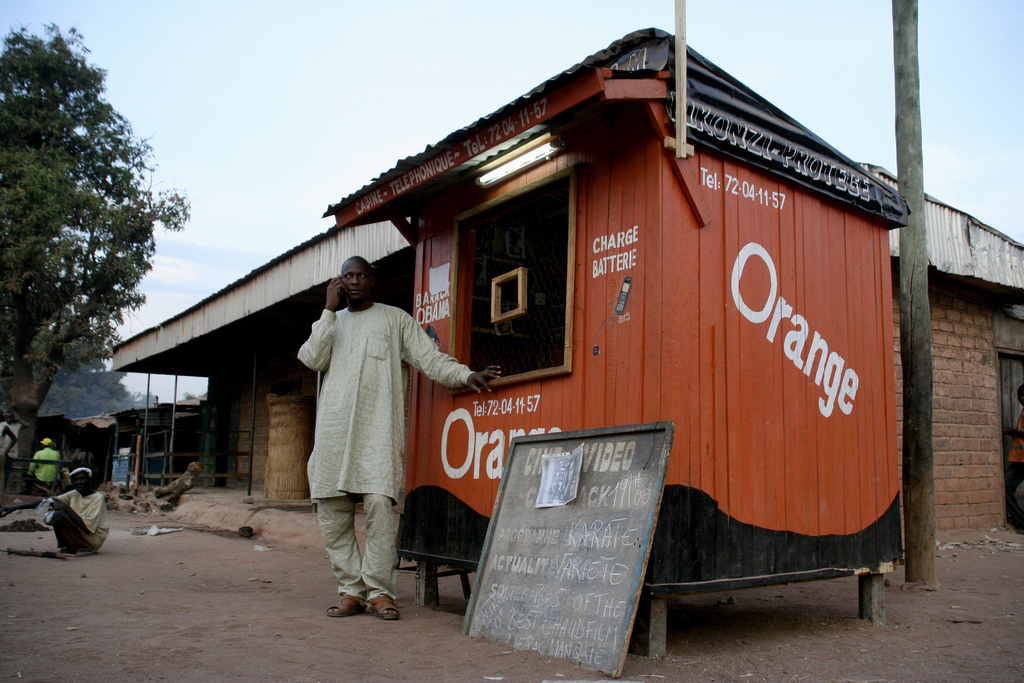4 charts, Banking, Partner
How modernization positions FIs for growth as primary financial service providers
- Fintechs and digital banks are outpacing traditional banks in their effective use of technology, drawing in increased consumer interest.
- Financial institutions need to revise and realign their strategies to navigate fintech challenges and stay competitive in today's market.
Sara Khairi | October 25, 2024
4 charts, Embedded Finance, Partner, Payments
How to build an embedded finance program from the ground up
- Embedded finance programs can strengthen the bottom line and help brands capture more customers and business, and for most payments are the most common point of entry.
- But brands can go further and stack multiple embedded finance offerings to build a suite of products that is closely tied to how their target audience interacts with their products and services.
Rabab Ahsan | September 30, 2024
4 charts, Partner Content
Big ideas help engage employees and keep the turnover numbers from getting bigger
- There are roughly 3 million more jobs than available people, a trend that started to come to a head after the pandemic. “We have a structural labor shortage out there,” said Jay Powell, Chairman of the Federal Reserve in 2022.
- One solution to this systemic problem is “Movement Thinking,” an approach championed by the transformation firm StrawberryFrog.
Rabab Ahsan | February 13, 2024
4 charts, Member Exclusive, Who owns the customer
Four charts: Why consumers rely on banks rather than retailers for post-purchase issues
- Most customers like to go through their banks rather than knock on the retailer’s door, with 87.6% customers claiming they prefer their banks to cancel their subscriptions.
- Due to the role bank's play in customers lives, an unspoken relationship transfer takes place post-purchase, where its the bank that starts to own the customer rather than the retailer.
Rabab Ahsan | January 24, 2024
4 charts
The fintech funding downturn is a correction, not a retreat
- Coming down from the highs of 2021, VC fintech funding slowed for four consecutive quarters.
- Nevertheless, CB Insights lead fintech analyst Anisha Kothapa insists that VCs are not retreating from the industry.
Lindi Miti | February 24, 2023








